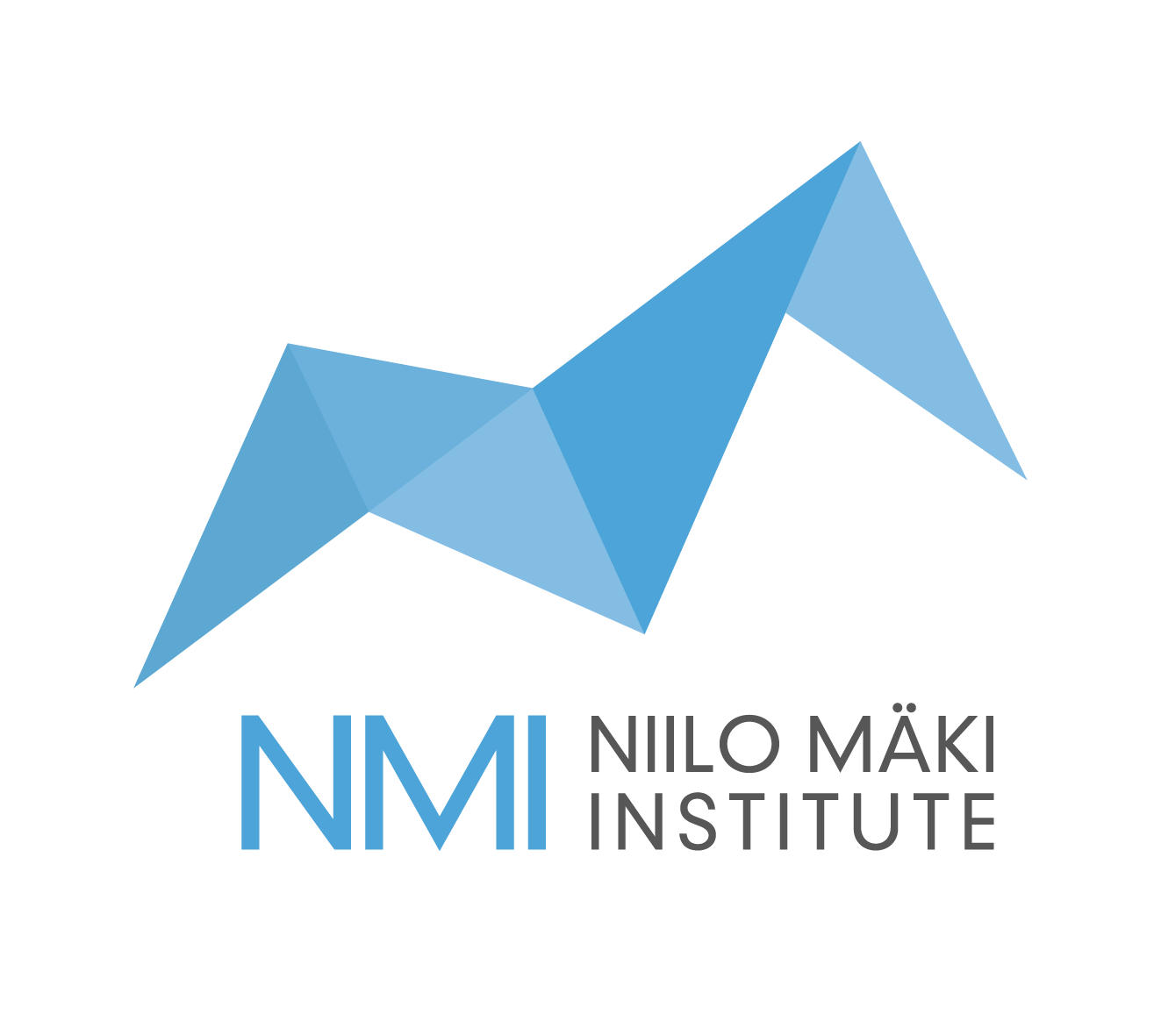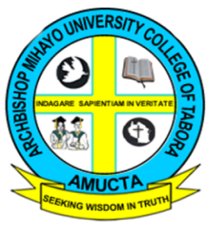Teacher Certification
Background
This Teacher Certification module was developed to give You feedback, how well You master the research-based content of Literacy learning, Literacy teaching and Reading difficulties. If you successfully complete the module, you will receive a Certificate of Completion that enhances Your professional development.
How to start?
Before you start to study eTALE Africa learning content, we highly recommend You do first a “pretest” by answering 40 random multiple-choice questions. Note that there is only one correct answer for each question (a, b, c or d). You will have one hour to complete the pretest. After answering to all 40 questions, you will receive immediate feedback how well You did.
How to do the test?
If You already are an expert in the content and receive at least 70% (28 out of 40 questions correct) in the pretest, you will automatically receive the Certificate to your email. You can save and print it as a demonstration of your knowledge in literacy learning and teaching and reading difficulties.
What if I do not get 70% in pretest?
If You don’t get 70% in the pretest, do not worry. The “pretest” is the starting point of eTALE Africa eLearning environment! When You have gone through and studied the content, you can do the “post-test” or “final examination”. You can do the test as many times as you like. But note the questions will not be the same or in same order.
When You have answered correctly least to 28 questions (that is 70% and above), the Certificate is send to Your email.
Parts of the eTALE Africa content may seem challenging and the test might not be an easy task! But remember, You can always read a little bit more and do the test again.
Ready? Let´s go!
If you want to do the pretest now, please continue below.












